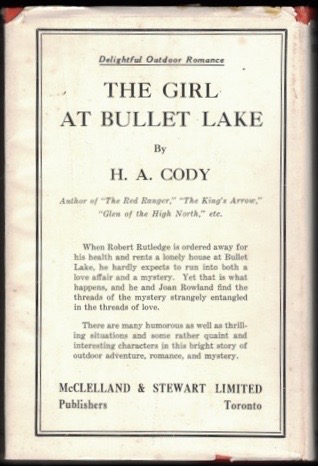Short pieces on books I've always meant to review (but haven't).
They're in storage as we build our new home.
Patience, please.
One Third of a Bill: Five Short Canadian Plays
Fred Jacob
Toronto: Macmillan, 1925
140 pages
The tenth anniversary of this blog is less than four months away, so how is it that I haven't reviewed a single play? I was, after all, a child star. My involvement in the theatre stretches back to the second grade,when I played Big Billy Goat in a touring production (we once performed at a neighbouring elementary school) of Three Billy Goat's Gruff. In all modesty, I think I earned the role because I had the deepest voice of all the boys.
It hasn't changed since.
Had I not spotted its subtitle, Five Canadian Short Plays, I wouldn't have bought One Third of a Bill. Fred Jacob's name meant nothing to me. Though he once served as dramatic and literary editor of the Mail & Empire, he doesn't feature in The Canadian Encylopedia or W.H. New's Encyclopedia of Literature in Canada. The Oxford Companion to Canadian Literature demonstrates its superiority in devoting a portion of a sentence to the man under the entry "Novels in English: 1920 to 1940":
There were also Victor Lauriston's Inglorious Milton (1934), a mock epic of small-town literati, and the first two novels by Fred Jacob (1882-1926) [sic] of a planned (but never completed) four-part satire of Canadian life in the first quarter of the twentieth-century: Day Before Yesterday (1925) about the decline of upper-class domination in a small Ontario town, and Peevee (1928), about the posturing and affectations of a rising middle class.I've since learned that the small town in Day Before Yesterday was modelled on Elora, Ontario, in which Jacob was born and raised. A roman à clef, it didn't go down well with the locals, as reflected in this online listing from Thunder Bay's Letters Bookshop:
Macmillan of Canada, Toronto, 1925. Hardcover. Condition: Very good plus. 1st Edition. 320pp; gilt black filled cloth, lacking jacket; 197 x 131 x 41 mm. The author's controversial second book, the introductory novel in a projected series of four studies of 19th-century rural Ontario communities; preceded the same year, by a collection of plays. A native of Elora, Fred Jacob (1882-1928), lacrosse afficianado, was employed as a Toronto Mail & Empire sports writer at the time of publication. Perceiving the story to be uncomplimentary to their forefathers, residents back home erupted in a torrent of condemnation for book & author alike, which inevitably led to less than favourable reviews. The author had nearly completed the somewhat redeeming second volume, PeeVee (1928), at the time of his untimely demise. Ink inscription on ffe, dated Jan 31st, 1926. Light wear to boards; with a touch of waterstain to a portion of the book-block at upper tip. Exceedingly scarce.Exceeding scarce is right!
The copy described above is one of only two listed for sale online. Unsurprisingly, the Wellington County Library, which serves Elora, doesn't have a copy (or any other Jacob title). Seems a candidate for acquisition. Here's the link to the Letters Bookshop listing:
Day Before YesterdayIncidentally, Letters gets right what The Oxford Companion gets wrong: the year of Jacob's death. Here's how the sad event was reported in the Mail & Empire:
 |
| The Mail & Empire 7 June 1928 |


























